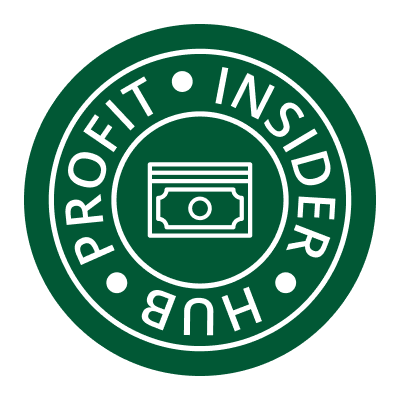(NewsNation) — Say goodbye to synthetic colors in Jell-O and Kool-Aid: Kraft Heinz has said it will remove artificial dyes from its U.S. products before the end of 2027.
The American food giant announced Tuesday it will phase out food, drug and cosmetic colors — synthetic additives that have come under fire from Health Secretary Robert F. Kennedy Jr.
Kraft Heinz said nearly 90% of its U.S. products are already free of food, drug and cosmetic colors and it will no longer launch any new items containing them, effective immediately.
Which foods contain Red 3, the dye now banned by the FDA?
The company’s iconic ketchup has never contained artificial dyes, and Kraft Heinz said it removed artificial colors, flavors and preservatives from its macaroni and cheese in 2016.
“The vast majority of our products use natural or no colors, and we’ve been on a journey to reduce our use of FD&C colors across the remainder of our portfolio,” Pedro Navio, North America president at Kraft Heinz, said in a statement.
The remaining U.S. products that still use FD&C colors are primarily beverages and desserts, including items under brands like Crystal Light, Kool Aid, Jell-O and Jet Puffed, according to the Associated Press.
Which food dyes are expected to be eliminated in the US?
Instead, the company will switch to natural colors in those products and said it will work with licensees to encourage the removal of FD&C colors from branded items.
Food scientist Bryan Quoc Le told NewsNation the new dyes could occasionally cause some “off flavors.”
“A lot of red color, natural coloring dyes, come from beet juice,” Le said. “And so those might interact with some proteins that’s in the food.”
Toxic-exposed veterans: Bill calls for more research on health issues among families
Kraft Heinz’s move comes shortly after U.S. health officials announced plans to phase out petroleum-based artificial colors from the nation’s food supply by the end of 2026.
“A lot of these food companies are hedging ahead of time, making sure that they put in all their research and development and resources to make that change before it becomes something that they need to deal with,” Le said.
Artificial dyes are used widely in U.S. foods but have faced increasing scrutiny from consumer advocates, who say they contribute to the nation’s poor health outcomes.
The U.S. Food and Drug Administration currently allows 36 food color additives, including eight synthetic dyes. The agency announced in January that the dye known as Red 3 — used in candies, cakes and some medications — would be banned in food by 2027 because it was shown to cause cancer in lab rats.
Red 3 is also banned for food use in Europe, Australia and New Zealand, except in certain kinds of cherries.
The Associated Press contributed to this report.

